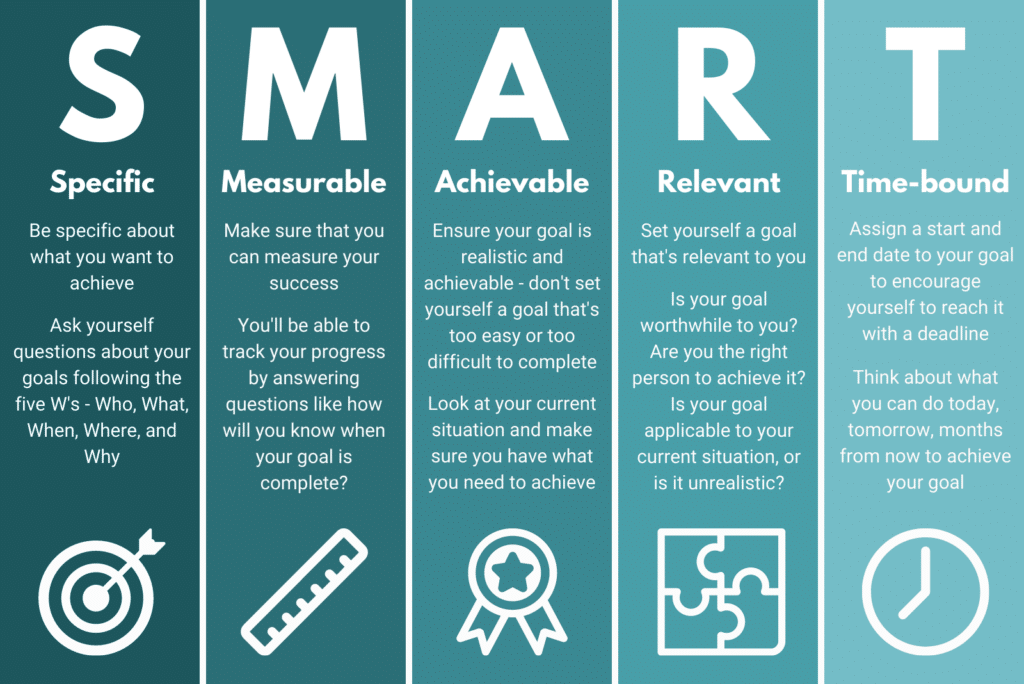Introduction: Why Most Brand Plans Miss the Mark
Here’s the truth about most brand plans: they’re filled with way too much detail. It’s like writing a 100-page manual on how to make a sandwich. Sure, you could document every condiment and sandwich style known to man, but it’s unnecessary. Brand plans are meant to provide direction and clarity, not leave the team exhausted by page 37. And yet, it’s all too common. The art of brand planning has been around since 1931, and while the business landscape has changed, the fundamentals of an effective brand plan haven’t.
The problem? Brand messaging plans often get bloated with information. In trying to cover every single possible detail, marketers end up with documents so dense that they practically guarantee themselves a place in the “never to be read” folder. So, what should be in a brand messaging plan? Let’s get back to basics and create something clear, focused, and—dare we say—useful. Here’s what an effective, no-fluff brand plan really looks like.
Define Your Brand’s Vision and Mission: Start with Why
Before diving into the tactical aspects, start with the big picture. Why does your brand exist? What’s its purpose? This is the time to spell out your brand’s vision and mission. Vision answers where you’re heading, while mission clarifies why you’re heading there.
“People don’t buy what you do; they buy why you do it.” – Simon Sinek
When crafted well, vision and mission statements provide a sense of direction that keeps everyone aligned, even during those inevitable growth pains. But remember—keep these statements concise. A mission statement that’s a paragraph long is probably a mission in need of a map. Think of them as your guiding principles that inform every other part of the brand plan.
Know Your Audience: It’s Not Just About Demographics

Now that you know why you exist, it’s time to figure out who you’re talking to. Your target audience is central to your brand plan, but we’re not talking about just putting a name and an age to your audience personas. Go deeper. Sure, your audience might be millennials who love fitness apps, but why do they care about your brand? What problem are you solving for them?
To answer these questions, dig into their psychographics—their motivations, pain points, and even the “aspirational versions” of themselves they’re striving to become. Think of it this way: demographics tell you who they are, but psychographics tell you why they’ll care. Creating audience personas that capture this mix of data allows you to empathize with their needs and better align your brand messaging.
Map Out the Competitive Landscape: Who Else is Playing on Your Field?
No brand exists in a vacuum, so let’s figure out who’s already operating in your space. A good brand plan should include a clear, concise competitive analysis. And no, this isn’t the time for a 20-page SWOT analysis. Keep it short, keep it relevant.
Identify your main competitors, analyze what makes them tick, and note where you have an opportunity to stand out. Here’s the goal: pinpoint what makes your brand different. In today’s crowded market, brands that win are the ones with a clear, distinct position that customers can remember. If you can’t identify what makes your brand different, that’s a red flag. This analysis should show where your brand adds unique value compared to others.
Clarify Your Core Brand Values: Stand for Something (But Make It Count)
Brand values are the backbone of any strong brand. These are the core beliefs that shape your actions, decisions, and overall brand identity. But let’s get one thing straight: brand values should go beyond buzzwords. Words like “innovation,” “excellence,” and “trust” are great, but they’re too generic to make an impact on today’s consumers. Aim for specific values that not only resonate with your target audience but also reflect the real character of your brand.
Consider values that shape the way you interact with customers, approach problem-solving, or handle transparency. Remember, brand values aren’t just for the about page—they’re action points that should come through in every aspect of how you operate.
Identify Clear Objectives and Goals: Focus on What Matters
Let’s be honest; it’s easy to throw in goals like “Increase revenue by 300%” or “Become the top brand in our field.” But goals need to be grounded in reality. Set clear, achievable goals that reflect your brand’s purpose and direction. Use the SMART criteria—Specific, Measurable, Achievable, Relevant, Time-bound.

For example, instead of “Increase social media presence,” try “Grow Instagram engagement by 15% within six months through targeted content.” Notice how it’s specific, achievable, and time-sensitive. Goals like these give your team something concrete to aim for and a way to measure progress. Plus, they make it easier to adjust course if things go off track.
Outline Key Strategic Initiatives: Less is More
This is the part where your brand messaging plan gets practical. Outline your key strategic initiatives for achieving the goals you’ve set. These initiatives could include launching a new product line, building a stronger social media presence, or enhancing customer service. The idea is to focus on a few high-impact strategies that will drive real results.
“Strategy is about making choices, trade-offs; it’s about deliberately choosing to be different.” – Michael Porter
Identify two or three major initiatives and outline the steps required to execute them. Each initiative should be actionable, measurable, and directly tied to your objectives. This keeps your brand plan focused on what matters most and avoids the trap of trying to do everything at once.
Refine Your Brand Messaging: Make Every Word Count
Your brand messaging is the bridge between your values and your audience. This is where you outline your unique selling proposition (USP), brand voice, and key messages. A well-defined brand message communicates who you are, what you stand for, and why customers should care.
When crafting your messaging, think about what sets your brand apart. Avoid generic language and focus on messages that are clear, memorable, and consistent across all channels. Every piece of messaging—from website copy to social media posts—should reflect this same voice and positioning.
Remember to Leave Room for Flexibility: Adapt as You Grow
A brand plan is essential, but it shouldn’t be set in stone. Businesses change, markets shift, and customer needs evolve. A smart brand plan is one that can adapt to these changes. Schedule regular check-ins to review and update your brand plan. This will allow you to adjust goals, pivot strategies, and make sure your brand stays relevant.
By staying flexible, you keep the brand plan from becoming outdated or disconnected from reality. A good rule of thumb: review the brand plan at least every six months, or anytime there’s a major market shift.
Common Pitfalls to Avoid: Don’t Overload, Overhype, or Overextend
Before wrapping up, here’s a quick rundown of what not to do:
- Avoid Overloading with Data: Stick to insights, not endless charts and numbers. Every piece of information should add value to the overall plan.
- Steer Clear of Fluff: Buzzwords may sound good, but they often don’t say much. Focus on clarity and substance.
- Limit Your Objectives: Having too many goals dilutes focus and reduces impact. Stick with a few priorities that make a real difference.
These pitfalls are common but avoidable. Remember, a brand plan should act as a roadmap, not a burdensome manual.
Conclusion: Building a Brand Plan that Works
Creating an effective brand messaging plan doesn’t have to mean writing a novel. Keep it focused on key elements like vision, audience, values, and objectives. Use it to clarify who you are, where you’re going, and how you’ll get there without getting lost in the weeds. Done right, a brand plan isn’t just a document—it’s a dynamic tool that guides and grows with you.
So, if you’re ready to make your brand plan work for you, start by simplifying. Less really is more when it comes to creating a brand strategy that actually gets results.




0 Comments